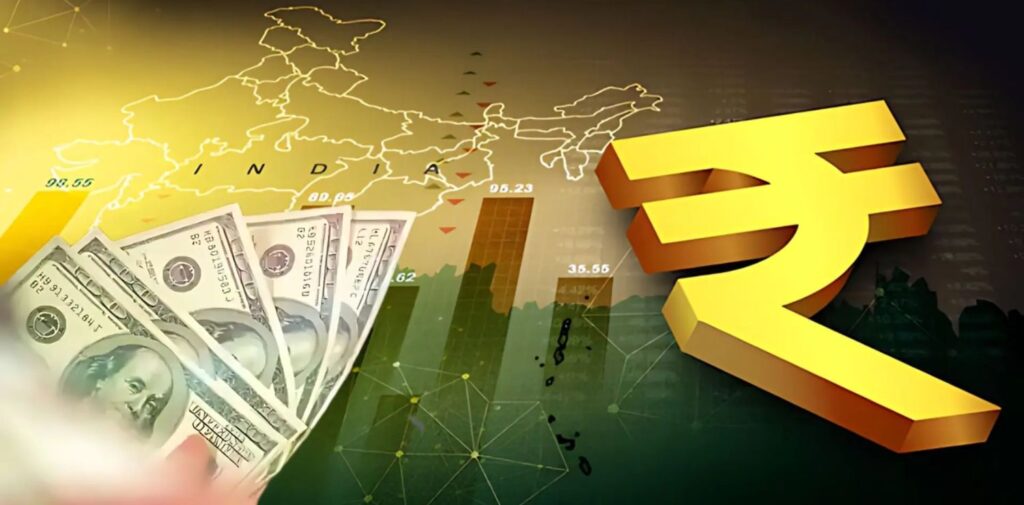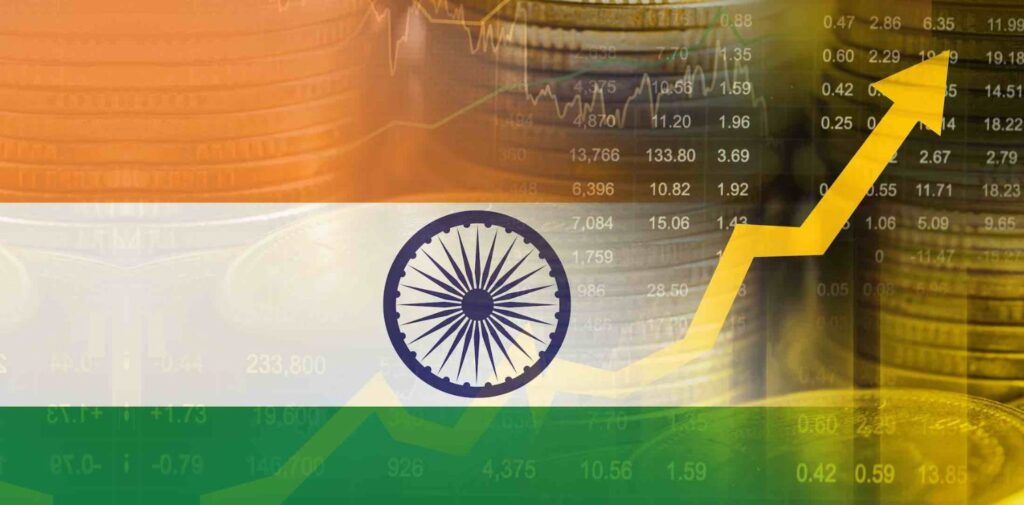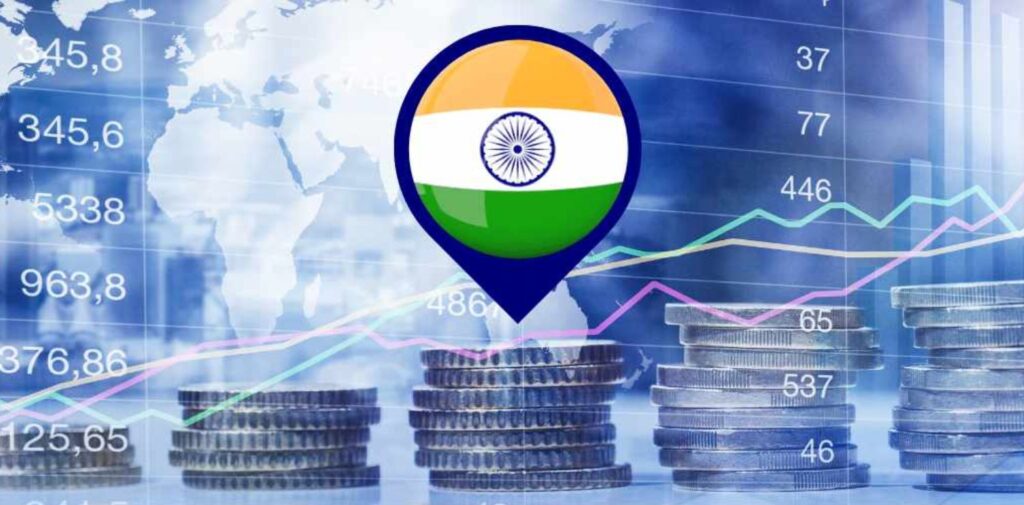India has achieved a historic milestone by becoming the fourth country in the world to amass foreign exchange reserves exceeding $700 billion. This significant accomplishment is not just a testament to the country’s economic resilience but also a sign of the growing global confidence in India’s financial management and stability.
The Significance of Forex Reserves
Foreign exchange reserves, often referred to as forex reserves, are assets held by a central bank in foreign currencies. These reserves usually consist of gold, foreign currencies, and government bonds. They serve as a buffer against economic shocks, ensuring that a country can meet its international financial obligations, stabilize its currency, and maintain investor confidence. Having substantial reserves is crucial as it helps a country to withstand economic downturns, manage exchange rate fluctuations, and support imports even in challenging times.

Why India’s $700 Billion Milestone Matters
For India, crossing the $700 billion mark is a monumental achievement, as it showcases the country’s improved economic standing on the global stage. It positions India alongside economic powerhouses like China, Japan, and Switzerland, all of which have historically maintained high levels of forex reserves. The milestone reflects the strength of India’s external sector, which is backed by robust export performance, foreign direct investments, and remittances.
Factors Contributing to India’s Rising Forex Reserves
Export Growth: India’s export sector has been performing well, driven by increased demand for goods like textiles, pharmaceuticals, and IT services. This growth in exports contributes to an inflow of foreign currency, boosting the forex reserves.
Foreign Direct Investments (FDI): Over the past few years, India has attracted significant foreign investments in various sectors, including technology, infrastructure, and manufacturing. This influx of foreign capital has added to the country’s reserves.
Remittances from Overseas Indians: India has one of the largest diaspora populations globally, and remittances from Indians living abroad have been a steady source of foreign currency. Inflows from remittances have helped increase the forex reserves and strengthen India’s external position.
Government Policies: The Indian government and the Reserve Bank of India (RBI) have implemented prudent policies to ensure a favorable balance of payments, such as maintaining a stable exchange rate and creating a conducive environment for investments.
Benefits of a High Forex Reserve
Currency Stability: A high forex reserve enables the RBI to intervene in the foreign exchange market to stabilize the Indian Rupee. This is crucial, especially during periods of currency volatility caused by global economic uncertainties.
Boosting Investor Confidence: Foreign investors look at a country’s forex reserves as an indicator of its economic health. High reserves reassure investors that India is financially stable and capable of meeting its international obligations.

Lower Borrowing Costs: High reserves reduce the need for India to borrow externally. When India does need to borrow, the strong reserves position allows it to secure loans at lower interest rates, which in turn reduces the cost of servicing external debt.
Economic Security: Forex reserves act as a cushion during global economic crises. For example, if there is a sudden spike in global oil prices or a downturn in export demand, India can dip into its reserves to support imports and maintain economic stability.
Challenges and the Road Ahead
While the rise in forex reserves is a positive development, there are a few challenges that India must keep in mind:
Managing the Impact on the Rupee: A high level of forex reserves can sometimes lead to the appreciation of the domestic currency, making exports less competitive. The RBI needs to balance between managing reserves and ensuring the Rupee remains at a favorable level for exporters.
Opportunity Cost: Forex reserves are often held in low-yielding assets like US Treasury bonds. The opportunity cost of holding such large reserves is that the money could otherwise be invested in higher-yielding domestic projects, which could stimulate economic growth.
Global Economic Conditions: India’s forex reserves are also susceptible to global economic conditions, such as fluctuations in oil prices, changes in global interest rates, and geopolitical tensions. Managing reserves effectively under such conditions requires careful strategy and foresight.
Celebrating India’s Achievement
India’s entry into the $700 billion forex club is a reason to celebrate. It reflects not just economic growth but also sound financial management and policy. The achievement symbolizes India’s emergence as a strong player in the global economy, capable of weathering economic storms and taking on a more prominent role in international finance.

In conclusion, crossing the $700 billion forex reserve mark is a commendable feat that places India in an elite group of nations with high financial stability. It signifies the country’s economic strength and strategic financial management, paving the way for sustained growth and prosperity in the years to come.




